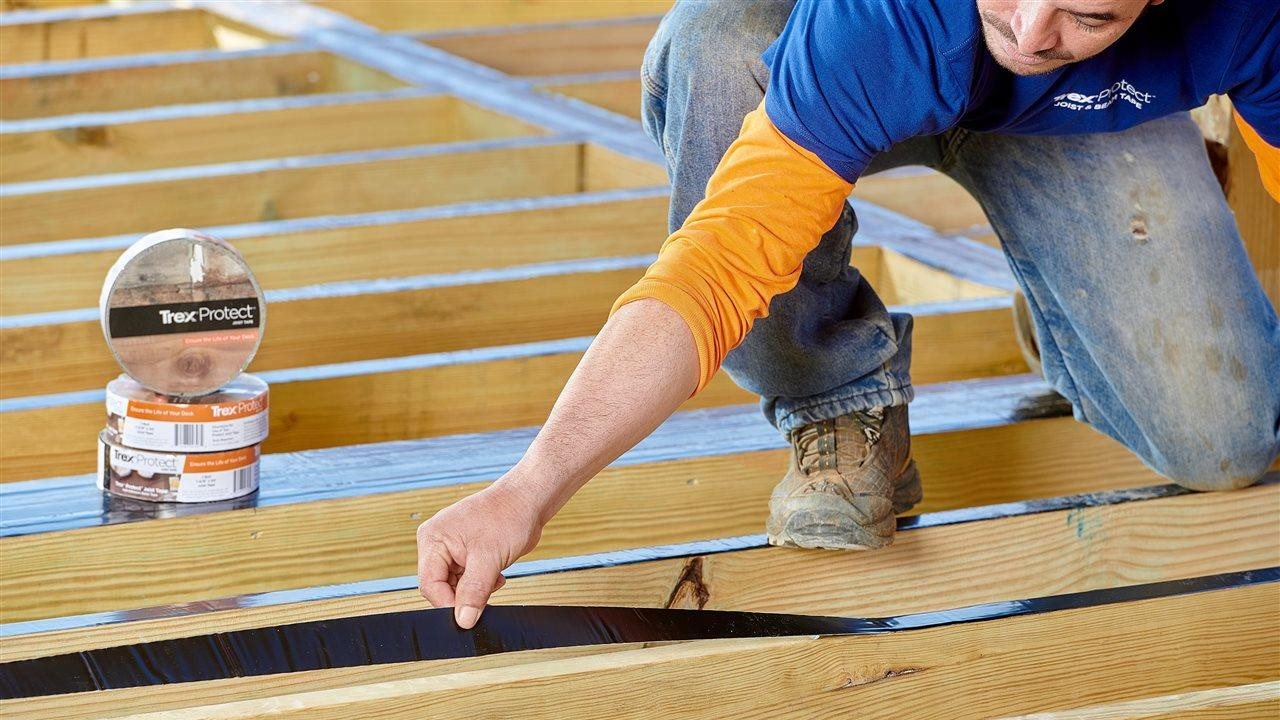
(BPT) – Easily one of wood’s worst enemies, moisture contributes to mold growth, deterioration and rot. For anyone who owns a deck, this is cause for concern.
Regardless of the material used on a deck’s surface, the majority of substructures today are built with wood. If not properly protected, that wood can show signs of splitting, rotting and decay in as little as eight years, based on a survey of more than 100 builders.
How to Identify Wood Rot
Here are tips to inspect for rot:
- Look for discoloration or a spongy consistency that flakes or falls apart when wet.
- Don’t forget to inspect the ledger board, where the deck attaches to the house, as this is a common source of deck failure.
- Use a screwdriver to check if you can easily penetrate the wood or break off a sliver of wood without splinters.
- Examine for long sheets of grayish mold or darker-looking wood, along with spots or holes caused by termites or other wood-eating pests.
When to Repair
If the damage is minor, you may be able to address the problem areas by following these steps for DIY wood rot repair:
- Remove rotting boards: Use a 5-in-1 rasp, chisel or claw hammer to remove rotted boards or rotting areas of wood. Be careful not to damage the surrounding wood.
- Reinforce recessed areas: For boards that cannot be easily replaced, use wood hardener, filler or epoxy to strengthen the affected areas. If using a wood filler, press it into recesses with a putty knife and then shape and smooth the filler to make it aesthetically pleasing.
- Stain and seal: Once the new boards and wood filler are in place, you can stain the repaired areas to match the rest of the deck. Then, use a sealer to protect the wood against future moisture.
When to Replace
If the surface or substructure are no longer structurally sound, it’s time for a new deck. Even if the foundation is solid and safe, there may be other reasons to consider replacing the deck boards, such as:
- The costs of rot repair approach the price of a new deck.
- The aesthetics could use an update. With a new deck, there is opportunity to freshen up everything from the color and design to railings, lighting and other architectural accents.
- You’re tired of all the stripping, sanding and staining a wood deck requires and want to switch to low-maintenance composite decking.
Guard Against Future Damage
If you replace the deck substructure or boards, use the opportunity to seal the joists, beams and ledger boards with flashing tape to shield them from water damage. Deck flashing also acts as a moisture barrier between wood and galvanized metal and helps deck screws and fasteners hold longer and stronger for enhanced structural integrity.
Designed specifically for use on decks, Trex Protect is a self-adhesive butyl tape that works on horizontal and vertical surfaces and is applied as a “cap” (vs. wrapping), which allows wood to breathe. The peel-and-stick application is simple and requires almost no trimming. Furthermore, the butyl adhesive is super sticky, yet pliable, which allows it to create a tight seal around fasteners to prevent water from infiltrating screw holes. It doesn’t dry out or curl up like other construction tapes and performs extremely well in a wide range of temperatures.
For more information about how to protect a deck from moisture damage, visit www.trexprotect.com.
